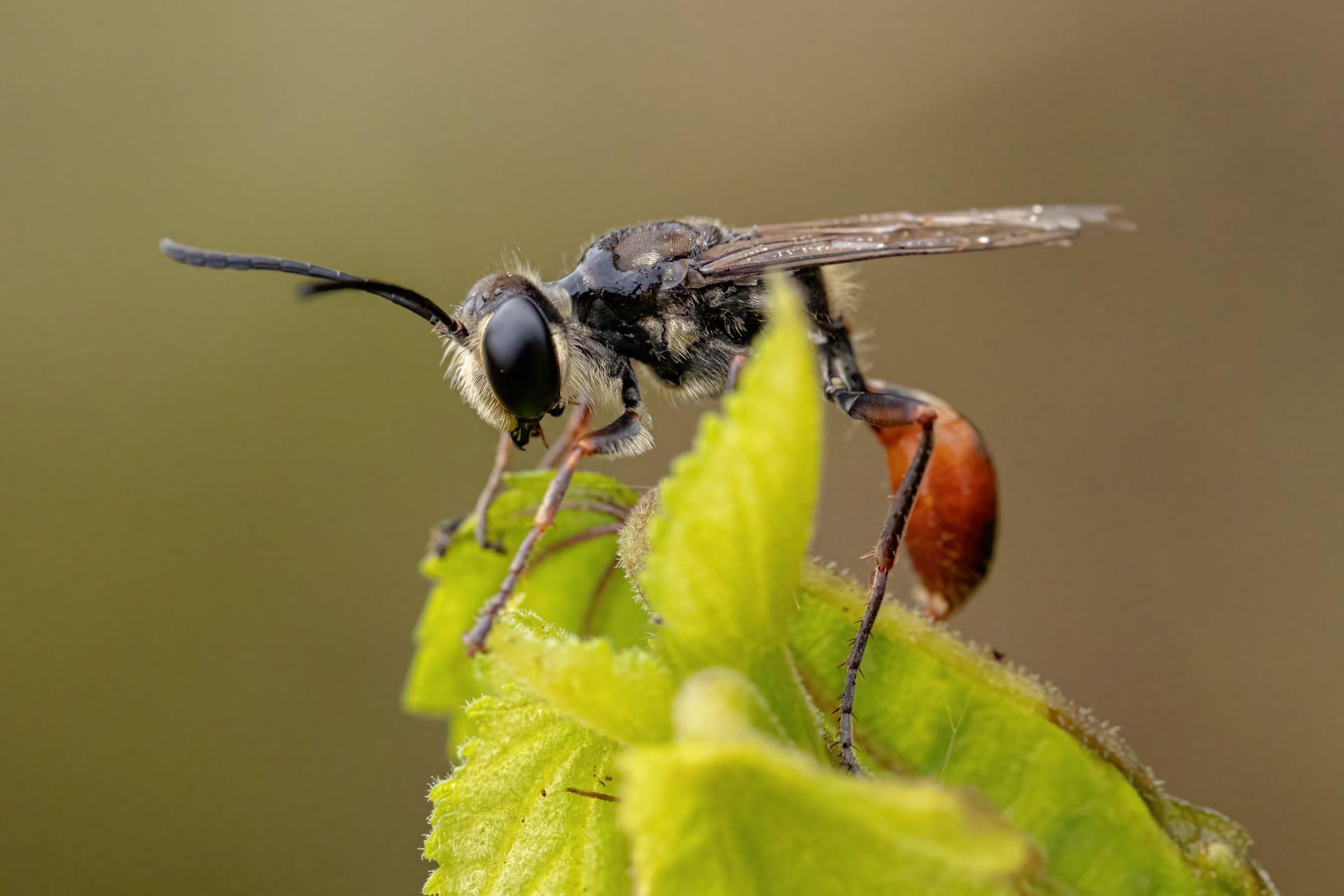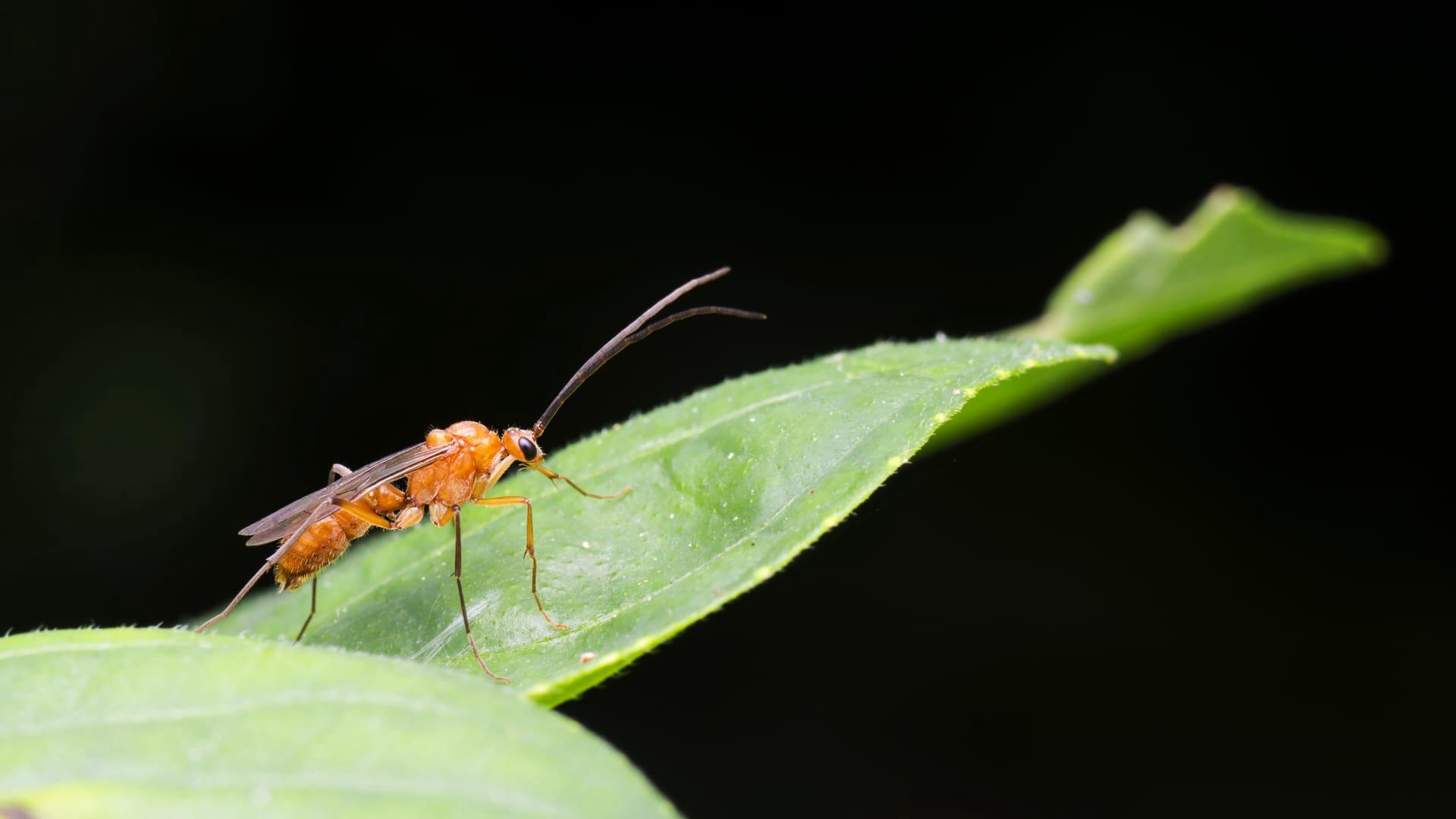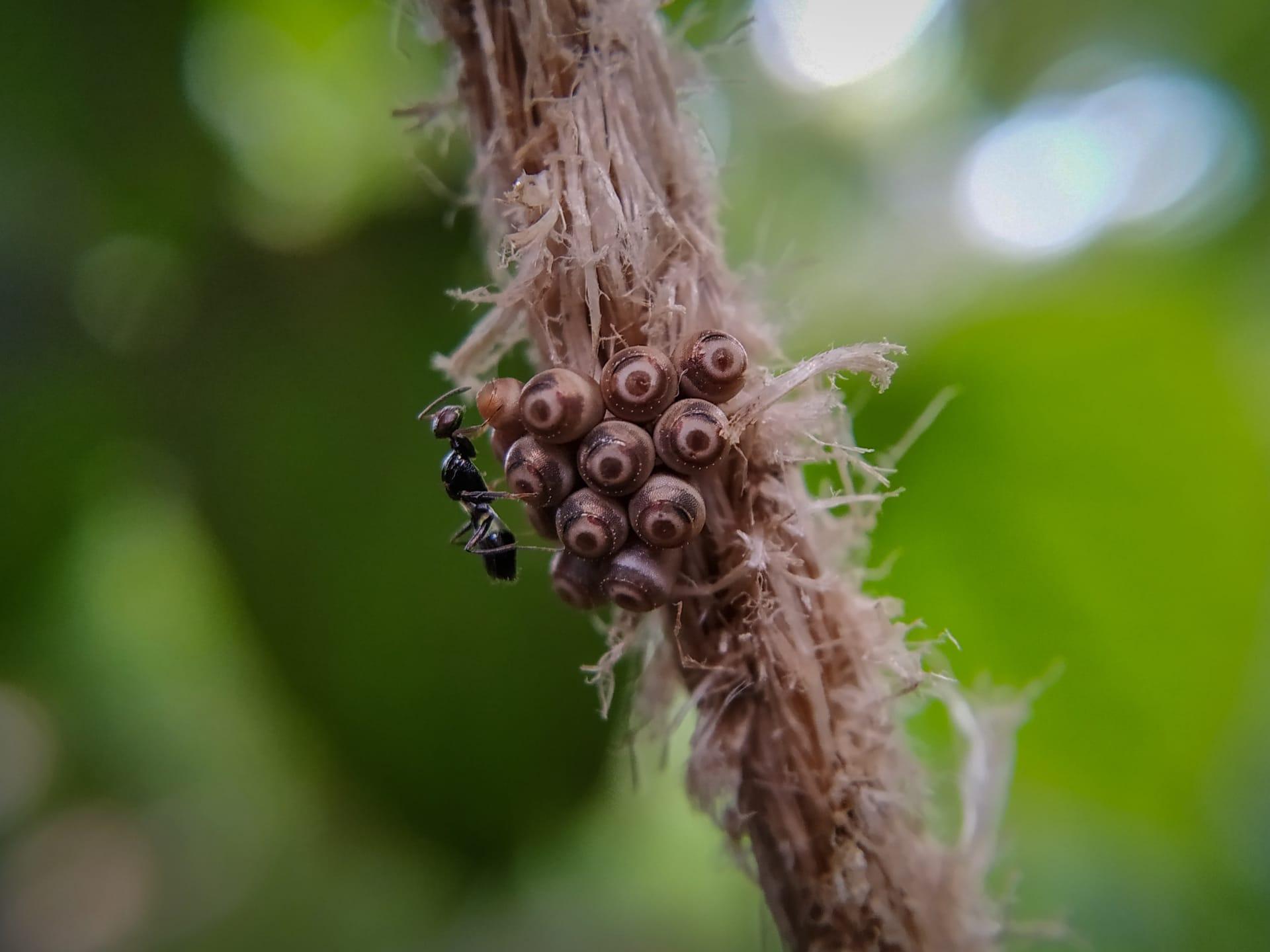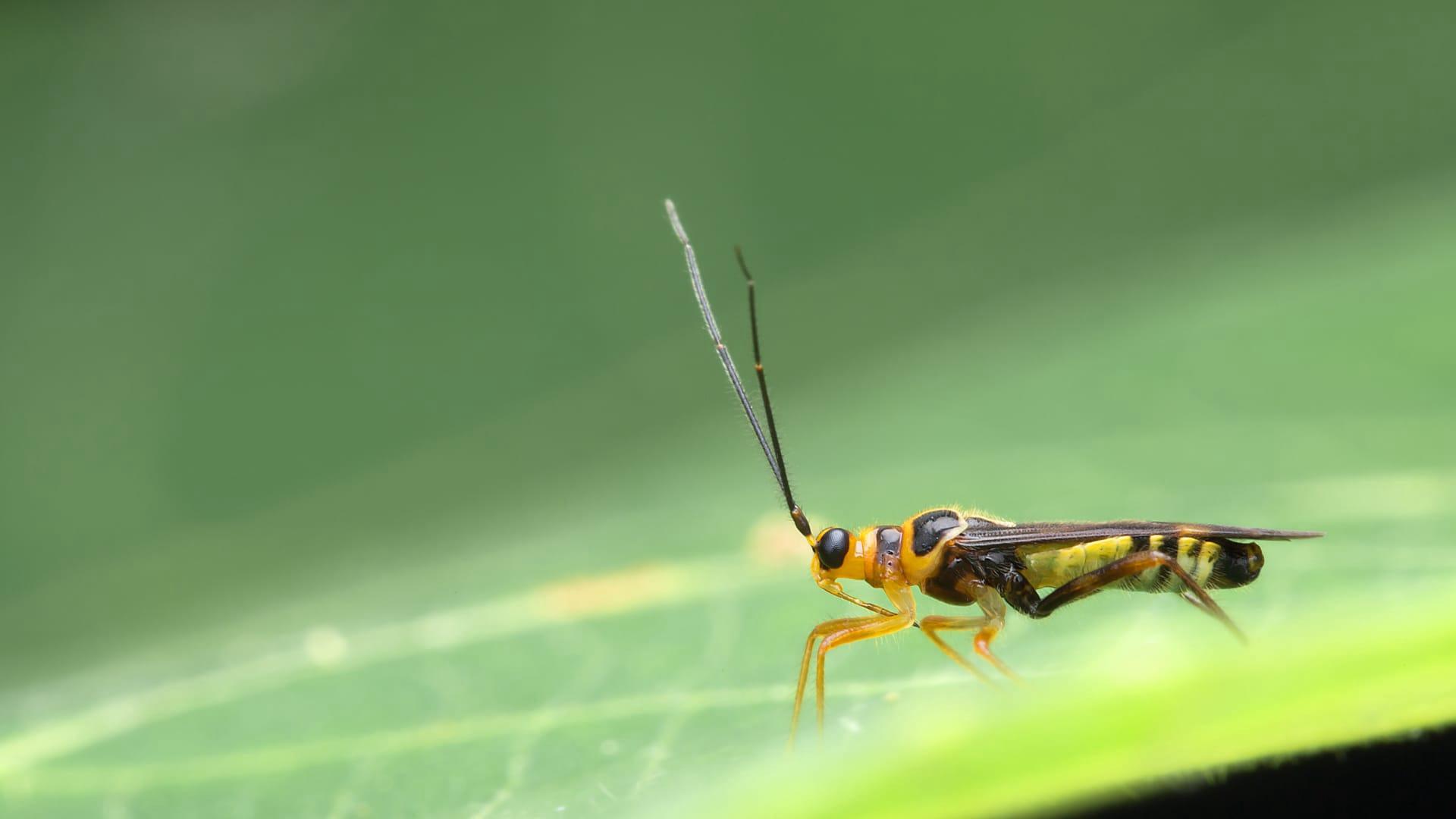1
Parasitic wasps, known scientifically as parasitoids, are nature's one of the most effective biological control agents. One fascinating aspect of these tiny warriors is their remarkable ability to control agricultural pests. For example, the wasp Trichogramma lays its eggs inside the eggs of over 200 different insect species, primarily targeting those harmful to crops. Once hatched, the wasp larvae consume the host egg from the inside, preventing future pest outbreaks. This method has been successfully used in controlling the European corn borer, a notorious pest causing significant damage to corn crops worldwide.
The size range of parasitic wasps is astonishing, with some species as tiny as 0.2 millimeters, barely visible to the naked eye, while others can grow up to 2 inches long. Despite their small size, they play a monumental role in ecosystem balance. Their size enables them to infiltrate and lay eggs in hard-to-reach places of their host, often inside the host's body or egg. This adaptability allows them to effectively target a wide range of host species, from tiny aphids to large caterpillars.

2
Parasitic wasps exhibit a unique method of host detection. They use their highly sensitive antennae to detect chemical signals emitted by their hosts or the host's plant. For instance, certain wasps can detect the specific distress signals released by plants when being fed upon by caterpillars. This ability guides them directly to their target, ensuring a successful host parasitism. Some species can even detect hosts buried deep within plant tissues or soil.
Another intriguing aspect is their role in the food chain. While they control pest populations, parasitic wasps also serve as prey for other wildlife, creating a balanced ecosystem. Birds, bats, and other insect predators rely on these wasps as a food source. This dual role highlights their importance in maintaining biodiversity and ecological harmony. Moreover, their presence indicates a healthy environment, as they thrive in areas with rich biodiversity and minimal pollution.

3
Variety is a key feature of parasitic wasps, with over 24,000 identified species and estimates suggesting up to 600,000 species globally. This diversity is not just in numbers but also in behaviors and life cycles. For instance, some species exclusively target specific hosts, evolving alongside them, while others are generalists, attacking a wide range of insects.
The reproductive strategy of these wasps is equally fascinating. They exhibit a phenomenon known as polyembryony, where a single fertilized egg can divide into multiple embryos. This means from one egg, a wasp can produce dozens of identical offspring. This unique reproduction method maximizes the chances of survival and proliferation of the species, especially beneficial in environments where host availability fluctuates.

4
Parasitic wasps have a unique relationship with fig trees, showcasing an intricate mutualism. Certain fig species rely exclusively on these wasps for pollination. The female wasp enters the fig, pollinating its flowers as she lays her eggs. In return, the fig provides a safe environment for the developing larvae. This relationship is so specialized that each fig species is typically associated with its own unique wasp species.
These wasps also exhibit remarkable navigation skills. Despite their small size and relatively short life spans, they can locate hosts over long distances. They navigate using visual landmarks and can remember the location of potential host sites. This spatial memory, combined with their ability to detect chemical cues, makes them highly efficient in seeking out host insects, even in complex and varied environments.

5
Parasitic wasps play a crucial role in organic farming and integrated pest management (IPM). By naturally controlling pest populations, they reduce the need for chemical pesticides, which can be harmful to the environment and non-target species. Farmers often use these wasps in greenhouses and fields, releasing them as a biological control agent to manage pests like aphids, caterpillars, and whiteflies.
Interestingly, parasitic wasps have also contributed to scientific understanding in genetics and developmental biology. Researchers study these wasps to understand how genes control development and behavior. For example, the study of polyembryony in certain wasp species has provided insights into cell differentiation and development, contributing to broader knowledge in biology and potentially aiding in medical research.